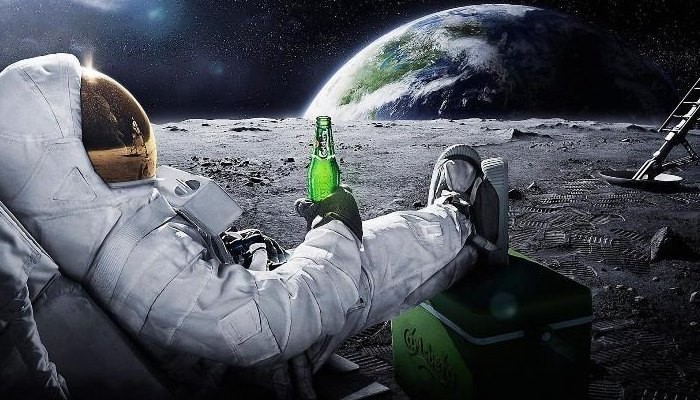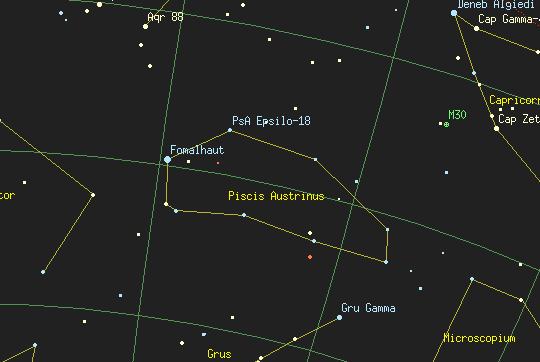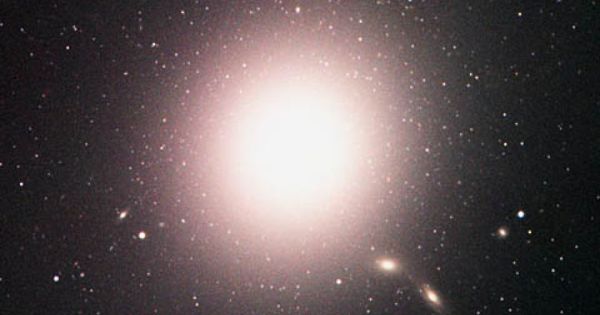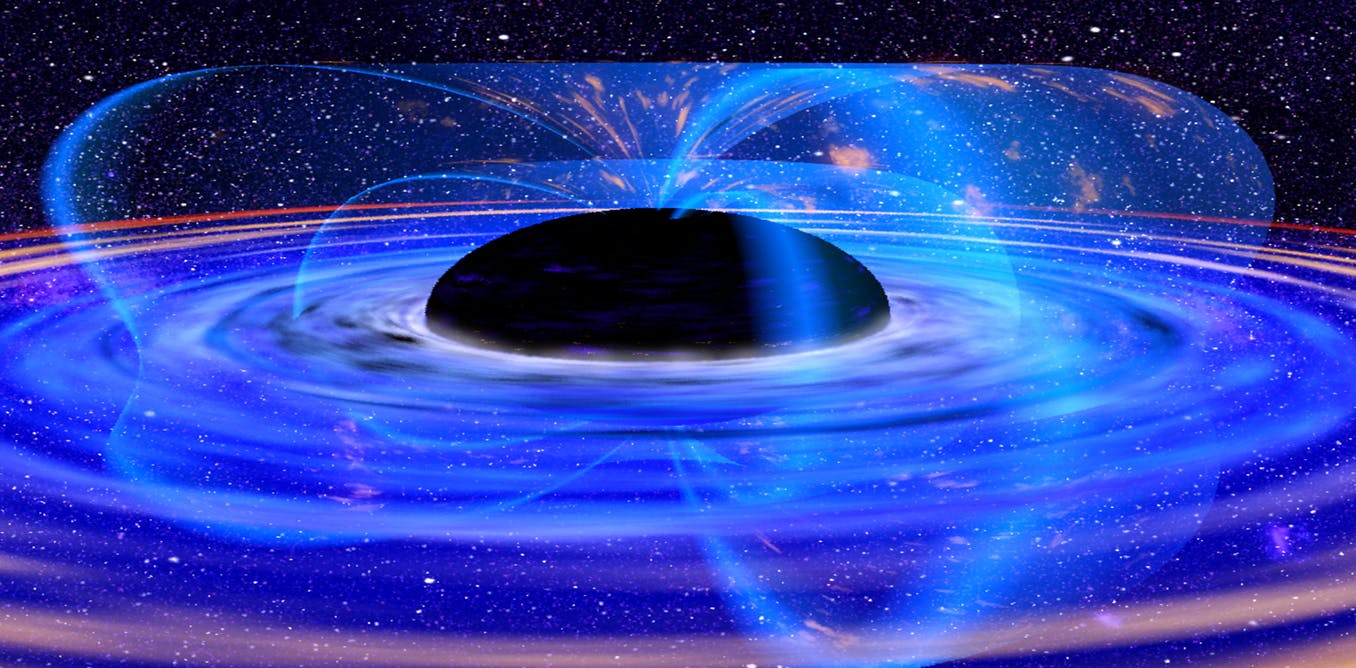Even the most casual stargazer knows that the Moon goes through phases as seen from Earth. Because only 12 astronauts have stood on the Moon, fewer people know that Earth goes through phases as seen from the Moon. Understanding Earth’s phases requires first understanding what causes the phases of the Moon.
What Causes Phases of the Moon
At any given time, the Sun illuminates half of the Moon, while the other half remains dark. As the Moon orbits Earth, observers on Earth see different fractions of the illuminated and dark halves of the Moon. During the new Moon phase, the Moon is between Earth and the Sun, so Earthbound observers see only the unilluminated half of the Moon. During the crescent phases, the Moon appears close to the Sun in the sky as seen from Earth, so observers see only a sliver of the illuminated portion of the Moon.
During the first and third quarter Moon, observers on Earth see half of the illuminated portion of the Moon and half of the dark portion. The gibbous phases occur when most of the illuminated portion of the Moon is visible from Earth along with a sliver of the unilluminated half. During the full Moon. the Moon is directly opposite the Sun in the sky, as seen from Earth. Observers therefore see the entire illuminated half of the Moon.
The relative orientation of the Sun and Moon in the sky as seen from Earth causes the phases of the Moon.
Phases of Earth as Seen from the Moon
As the Moon orbits Earth, an astronaut on the Moon would see the relative orientations of the Sun and Earth change. Hence the astronaut would also see Earth go through phases.
The orientation of the Sun and Earth as seen from the Moon is opposite the orientation of the Sun and Moon as seen from Earth. The phases of Earth as seen from the Moon are therefore opposite the phases of the Moon as seen from Earth. For example during the full Moon an astronaut on the Moon would see a new Earth.
Full Moon and New Earth
When astronomers, stargazers, or romantic lovers see the full Moon from Earth, a lunar astronaut would see a new Earth. During the full Moon, the Earth is between the Sun and Moon, so an astronaut on the Moon would see the Sun and Earth in the same direction in the sky. Hence the astronaut would see the night half of Earth, a new Earth.
Other phases of the Moon and Earth
During the new Moon, the Moon is between the Sun and Earth. The astronaut would therefore observe the Earth and Sun in opposite directions in the sky. During the new Moon, the Earth would be full as seen from the Moon.
During the quarter phases the Sun and Earth would appear 90 degrees apart in the sky as seen from the Moon, just as the Sun and Moon are separated 90 degrees as seen from Earth. However when the Moon is in its waxing phases, Earth is waning and vice versa. Therefore the first quarter Moon corresponds to the third quarter Earth, and the third quarter Moon corresponds to the first quarter Earth.
The lunar astronaut, would also see a gibbous Earth during the crescent phases of the Moon and a crescent Earth during the gibbous lunar phases. A waning gibbous Earth would occur during the waxing crescent Moon and so forth.
Understanding what causes the phases of the Moon leads to understanding phases of Earth as seen from the Moon.









